What is a Welding Torch and How to Use It?
A welding torch is a device that produces a flame that can melt and join metals. Welding torches are widely used in various industries, such as construction, manufacturing, repair, and art. Welding torches can be used for different types of welding processes, such as gas welding, arc welding, plasma welding, and laser welding. Welding torches can also be used for other techniques, such as cutting, brazing, and soldering.
In this article, you will learn about the different types of welding torches, the factors that affect the temperature of the flame, the materials that can be welded with a torch, and the safety considerations when welding.
The Different Types of Welding Torches
There are many types of welding torches, depending on the fuel, the power source, and the design. Some of the most common types are:
- Gas Torches: Utilizing fuel gas and oxygen, gas torches produce flames exceeding 5,000°F, suitable for welding, cutting, brazing, and soldering. Common fuels include acetylene, propane, butane, and hydrogen. These torches, known for their versatility and portability, come in various designs, from handheld to bench-mounted, each featuring unique components like valves, triggers, and tips.
- Arc Torches: Arc torches generate heat through an electric arc between an electrode and metal. This category includes TIG, MIG, and stick torches, known for their power and efficiency in arc welding and cutting. They require an external power source and are equipped with components like regulators and hoses.
- Plasma Torches: Creating a plasma state using gas and electric current, plasma torches can achieve temperatures over 10,000°F, ideal for precision cutting. They necessitate a power source and specific gases like air, nitrogen, or argon, and include specialized parts like electrodes and swirl rings.
- Laser Torches: Operating with a focused laser beam, these torches can reach temperatures up to 20,000°F for welding or cutting. Laser torches, recognized for their accuracy, require a power source and a laser generator, featuring advanced components like lenses and fiber optics.
The Factors that Affect the Temperature of a Welding Torch

The temperature of a welding torch is an important factor that determines the quality and efficiency of the welding process. The temperature of a welding torch depends on several factors, such as:
- Fuel Type: Different fuels result in varying flame temperatures due to their unique chemical and combustion properties. Acetylene produces the highest temperature, followed by hydrogen, propane, and butane. Fuel type also influences flame color and shape, which are indicators of flame condition.
- Torch Tip Size: The size of the torch tip affects the flame's temperature, width, and length. Smaller tips generally yield hotter, more focused flames, suitable for precision work on thinner metals. Conversely, larger tips produce cooler, broader flames for thicker materials.
- Fuel Flow Rate: The rate at which fuel flows through the torch plays a crucial role in determining the flame's temperature, stability, and intensity. A higher fuel flow rate results in a hotter, more intense flame, while a lower rate leads to a cooler, more manageable flame. This rate should be carefully adjusted to suit the specific welding conditions, fuel pressure, and torch design.
How hot does a welding torch get
The Common Welding Torch Temperatures
The welding torch temperatures vary depending on the type of torch, the type of fuel, the size of the torch tip, and the amount of fuel flowing. However, some common welding torch temperatures are:
|
Type of Torch |
Temperature Range |
Examples |
|
Gas Torches |
4,000 - 7,000°F |
Acetylene: Up to 6,300°F<br>Propane: Up to 4,500°F |
|
Arc Torches |
6,000 - 10,000°F |
TIG: Up to 10,000°F<br>MIG: Up to 8,000°F |
|
Plasma Torches |
10,000 - 30,000°F |
Air Plasma: Up to 15,000°F<br>Argon Plasma: Up to 30,000°F |
|
Laser Torches |
20,000 - 40,000°F |
CO2 Laser: Up to 20,000°F<br>Fiber Laser: Up to 40,000°F |
The Materials that can be Welded with a Torch
The materials that can be welded with a torch depend on the type of torch, the type of fuel, the size of the torch tip, and the amount of fuel flowing. However, some common materials that can be welded with a torch are:
Gas Torches:
- Weldable Metals: Suitable for a variety of metals including steel, cast iron, stainless steel, aluminum, copper, and brass.
- Fuel and Flame Specifics: Certain metals require specific fuels, e.g., steel with acetylene, aluminum with hydrogen.
- Dissimilar Metals: Can weld different metal combinations like copper and steel, or aluminum and brass, using brazing or soldering.
Arc Torches:
- Weldable Metals: Effective for metals like steel, stainless steel, aluminum, copper, and titanium.
- Electrode and Current Requirements: Specific requirements for certain metals, such as aluminum needing AC, or titanium requiring DC.
- Dissimilar Metals: Capable of welding varying metal pairs like steel and copper, or aluminum and titanium, with specialized filler rods or wires.
Plasma Torches:
- Metal Cutting: Able to cut through any metal, including steel, stainless steel, aluminum, copper, and titanium.
- Gas and Current Specifics: Different metals may need specific gases and currents, like aluminum with nitrogen, or copper with argon.
- Welding Some Metals: Certain metals, such as aluminum and stainless steel, can be welded using plasma welding techniques.
Laser Torches:
- Welding/Cutting Capabilities: Can weld or cut any metal, applicable to steel, stainless steel, aluminum, copper, and titanium.
- Laser and Power Requirements: Specific requirements for different metals, e.g., steel with CO2 lasers, or aluminum with fiber lasers.
- Dissimilar Metals: Efficient in welding different metal pairs like steel and aluminum, or copper and titanium, using laser welding methods.

The Safety Considerations when Welding
Welding is a hazardous activity that involves high temperatures, sparks, fumes, and electric currents. Therefore, you need to take some safety precautions and measures to protect yourself and others from the potential risks and injuries. Here are some of the safety considerations when welding:
- Suit Up: Don a welding helmet, jacket, gloves, and boots to shield your body from heat, spatter, and arc. Safety glasses, earplugs, and a respirator complete your frontline defense against fumes, noise, and debris.
- Breathe Easy: Work in a well-ventilated area. Fans, hoods, or extractors will be your allies, ensuring harmful fumes and gases don't linger. Enclosed spaces are a no-go – basements, garages, and closets can become dangerous fume traps.
- Clear the Zone: Eliminate flammable or explosive materials like gas, oil, paint, paper, or wood. Maintain a safe distance between your welding zone and anything combustible, and consider a fire-resistant barrier as an extra line of defense. Keep a fire extinguisher, water bucket, or sandbag within reach for emergencies.
- Equipment Check: Pre- and post-weld inspections are critical. Scrutinize your torch, tanks, regulator, hose, and nozzle for leaks, cracks, or damage. Repair or replace faulty equipment immediately. Avoid hose twists, bends, or knots that can disrupt gas and oxygen flow. Always follow manufacturer guidelines and safety regulations.
- Master the Craft: Choose the right procedures and techniques for your torch, fuel, metal, and desired weld. Fine-tune your flame and gas pressure, pick the perfect tip and filler material, and practice proper welding positions and movements.
Avoid erratic motions that can extinguish the flame or compromise your weld. Remember, a clean metal and weld area are essential for a beautiful, high-quality result.
By prioritizing these simple yet crucial safety steps, you'll transform your welding journey into a safe and fulfilling one. Embrace the heat, conquer the metal, and let your creativity shine – all while remaining your own best safety champion.
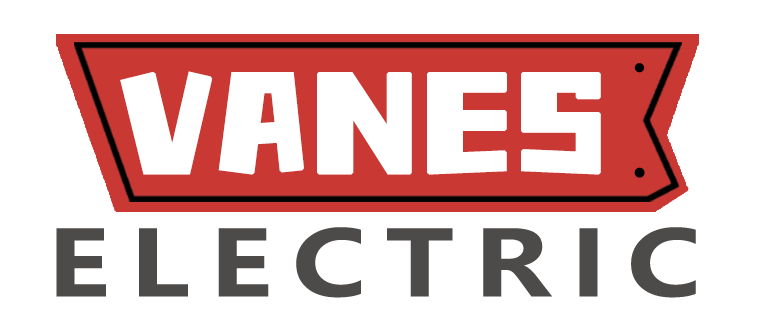
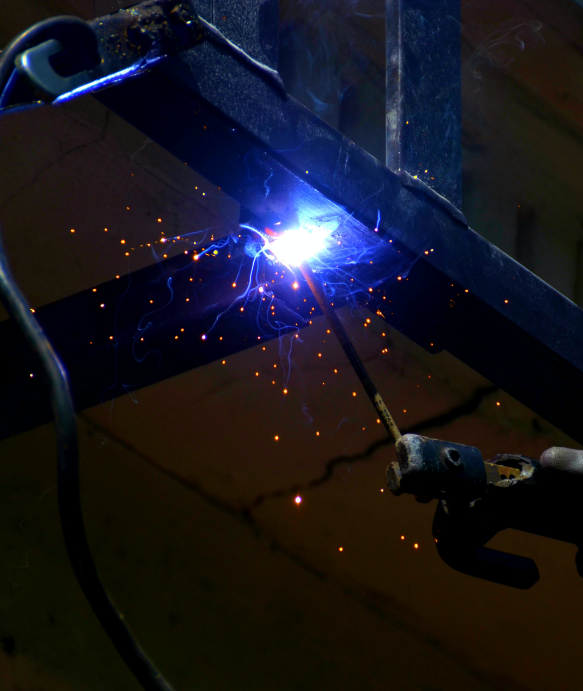
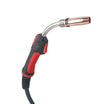
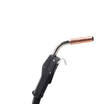
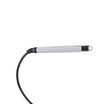
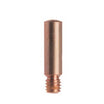

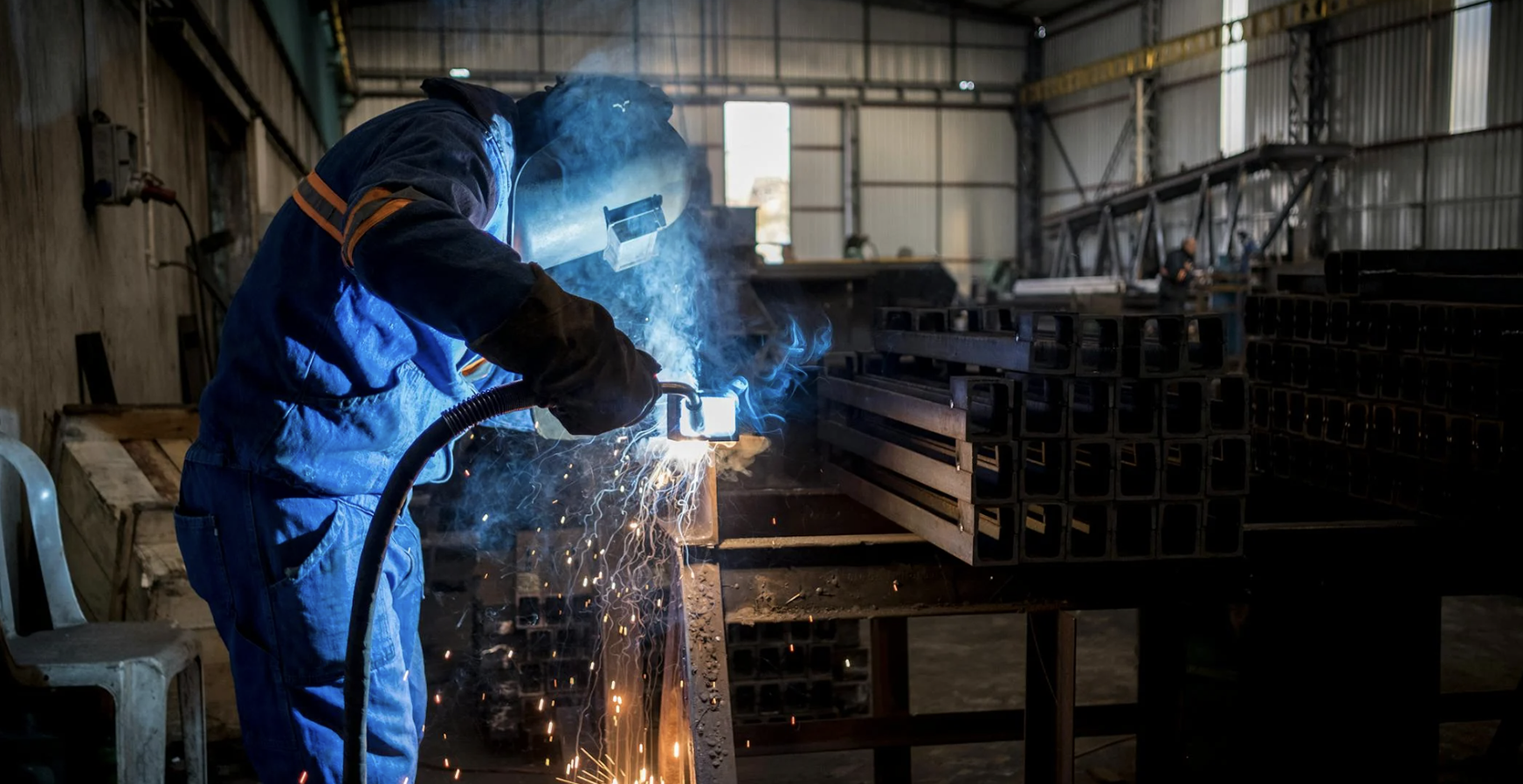
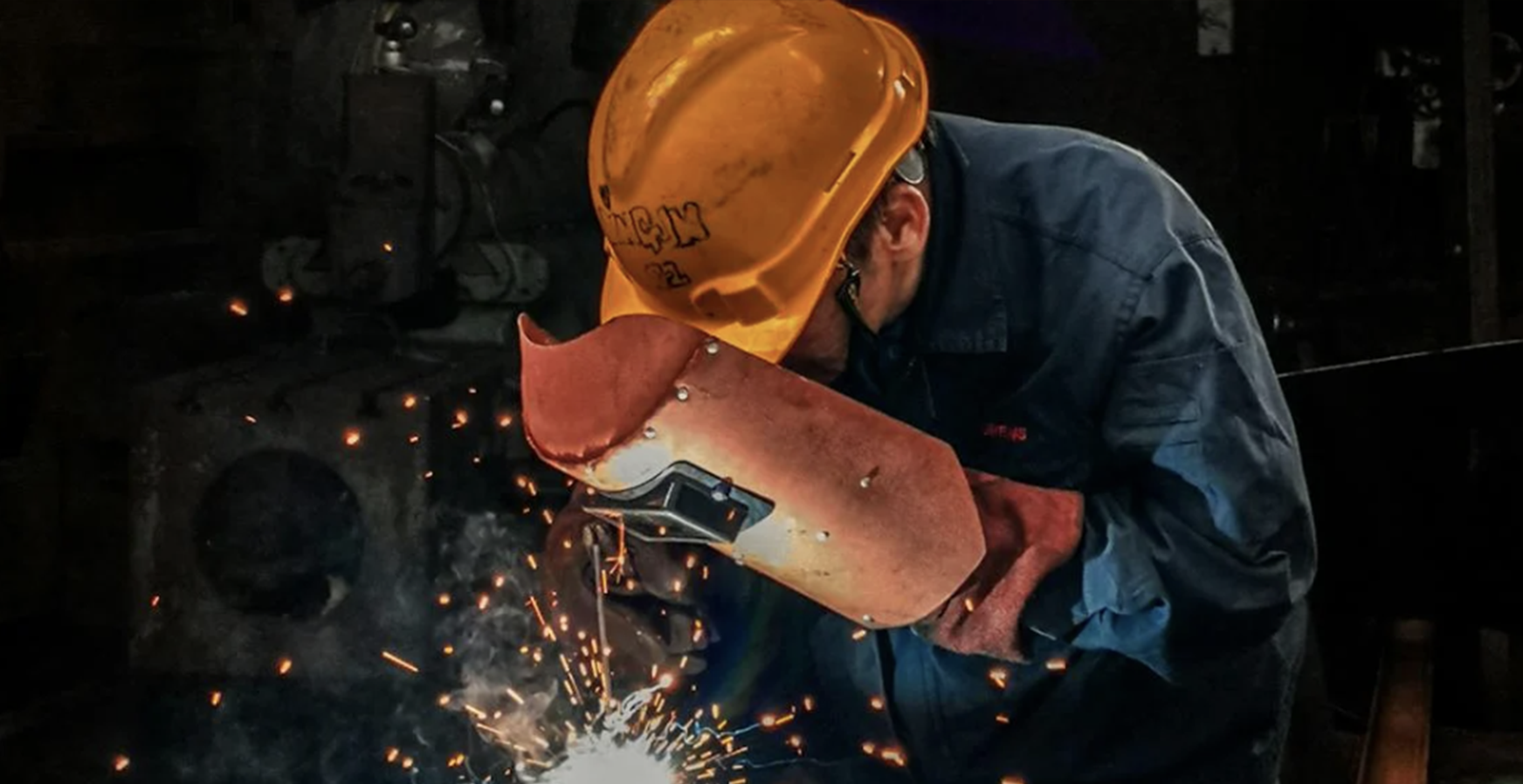
Leave a comment
This site is protected by reCAPTCHA and the Google Privacy Policy and Terms of Service apply.